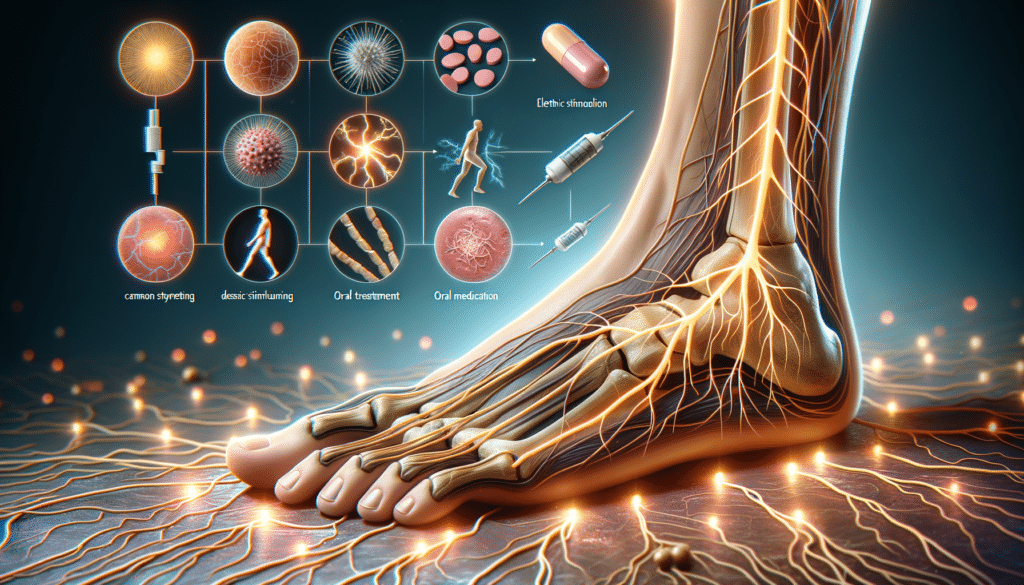Understanding Split Liver Transplantation
Split liver transplantation is a revolutionary surgical procedure that has significantly impacted the field of organ transplantation. This technique involves dividing a donor liver into two separate parts, allowing it to be transplanted into two different recipients. The primary goal of this procedure is to maximize the use of available donor livers and address the critical shortage of organs for transplantation. The concept of split liver transplantation emerged in the late 20th century as a response to the growing demand for liver transplants and the limited supply of donor organs. By splitting a single liver, surgeons can save two lives instead of one, making it a highly efficient and life-saving technique.
The procedure is complex and requires meticulous planning and execution. Surgeons must carefully assess the donor liver’s size, quality, and anatomy to ensure both parts are viable for transplantation. Typically, one portion of the liver is allocated to a pediatric recipient, while the other is transplanted into an adult. This allocation is based on the liver’s regenerative capacity, which allows it to grow and adapt to the recipient’s body over time. Despite its complexity, split liver transplantation has become a valuable tool in addressing the organ shortage crisis, offering hope to many patients on transplant waiting lists.
The Procedure: How Split Liver Transplantation Works
The split liver transplantation procedure involves several critical steps, each requiring precision and expertise. Initially, the donor liver is carefully evaluated to determine its suitability for splitting. Surgeons assess factors such as the liver’s size, structural integrity, and the presence of any anatomical variations. Once deemed suitable, the liver is divided into two parts: the left lateral segment and the right trisegment. The left lateral segment is typically transplanted into a pediatric recipient, while the right trisegment is allocated to an adult recipient.
The surgical team must ensure that each portion has adequate blood supply and biliary drainage, crucial for the liver’s functionality post-transplant. The liver’s unique regenerative ability plays a vital role in this process, as both segments can grow to meet the metabolic demands of their respective recipients. Post-operative care is essential to monitor the liver’s function and detect any complications early. Patients require lifelong immunosuppressive therapy to prevent organ rejection, and regular follow-ups are necessary to ensure the transplant’s success.
Benefits and Challenges of Split Liver Transplantation
Split liver transplantation offers numerous benefits, making it a highly regarded option in the field of organ transplantation. One of the most significant advantages is the ability to save two lives with a single donor liver, effectively doubling the impact of each donation. This is particularly important in addressing the persistent shortage of donor organs, which remains a critical issue worldwide. Additionally, split liver transplantation provides an opportunity for pediatric patients to receive timely transplants, as the left lateral segment is often well-suited for children.
However, the procedure is not without its challenges. The complexity of the surgery requires a high level of expertise and experience from the surgical team. Moreover, the selection of suitable donor livers is limited, as not all livers are viable for splitting. There is also a risk of complications, such as bile leaks, vascular issues, and the potential for delayed liver function. Despite these challenges, ongoing advancements in surgical techniques and post-operative care continue to improve outcomes for recipients.
Comparisons with Whole Liver Transplantation
When comparing split liver transplantation with whole liver transplantation, several key differences and considerations emerge. Whole liver transplantation involves transplanting an entire donor liver into a single recipient, which is a more straightforward procedure compared to splitting the organ. The selection criteria for whole liver transplants are less stringent, as there is no need to assess the liver’s suitability for division.
However, split liver transplantation offers unique advantages, particularly in maximizing the utility of available donor organs. By enabling two transplants from one liver, this technique significantly increases the overall number of transplants performed, which is crucial given the limited supply of donor organs. While whole liver transplantation may be preferable in certain cases, particularly for adult recipients with complex medical needs, split liver transplantation remains a valuable option for expanding the donor pool and providing timely transplants to pediatric patients.
The Future of Split Liver Transplantation
The future of split liver transplantation holds promising potential for further advancements and innovations. As surgical techniques continue to evolve, the success rates of split liver transplants are expected to improve, making the procedure more accessible to a broader range of patients. Research into liver regeneration and preservation methods is also underway, aiming to enhance the viability and functionality of split livers.
Furthermore, increased awareness and education about organ donation can contribute to a larger pool of suitable donor livers, allowing more patients to benefit from this life-saving procedure. Collaborative efforts among healthcare professionals, researchers, and policymakers are essential to address the ongoing challenges and optimize the outcomes of split liver transplantation. As the field progresses, split liver transplantation is poised to play a pivotal role in transforming the landscape of organ transplantation, offering hope and new possibilities for patients in need.





